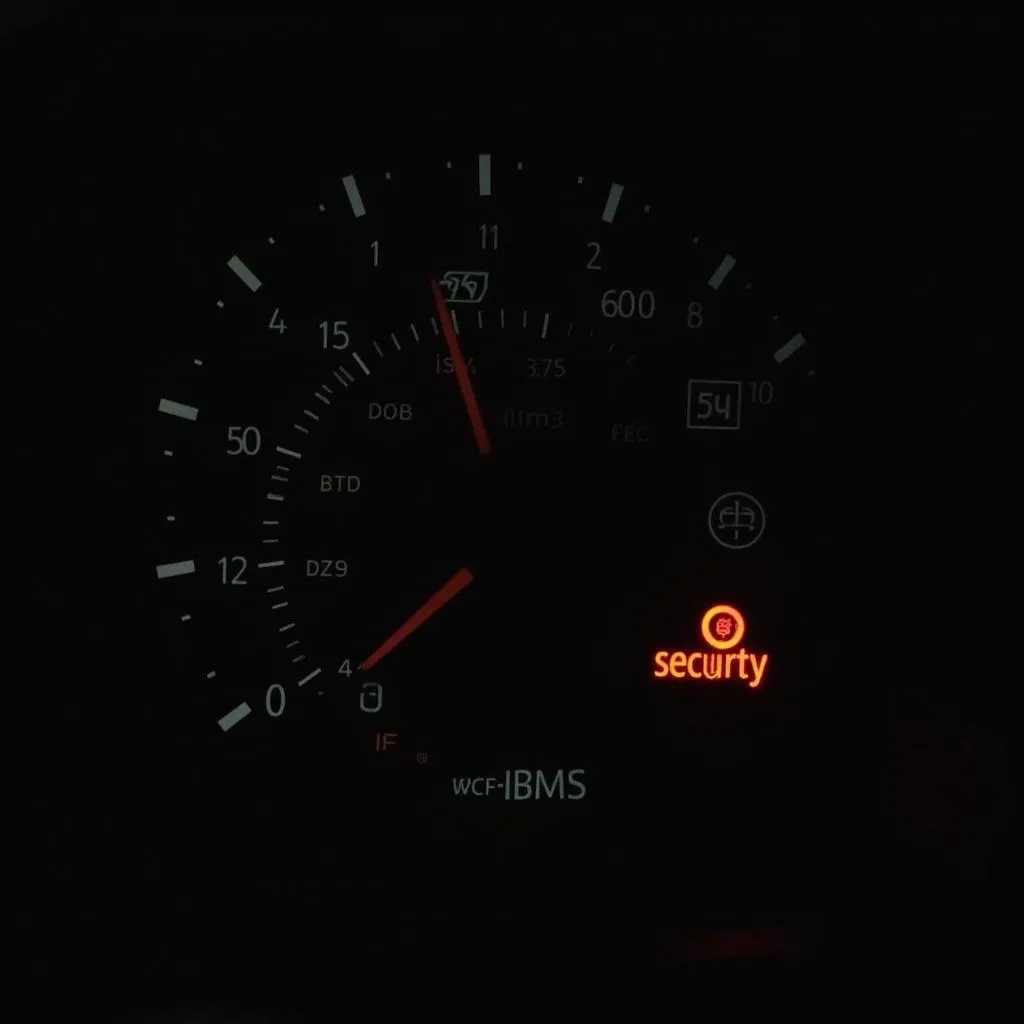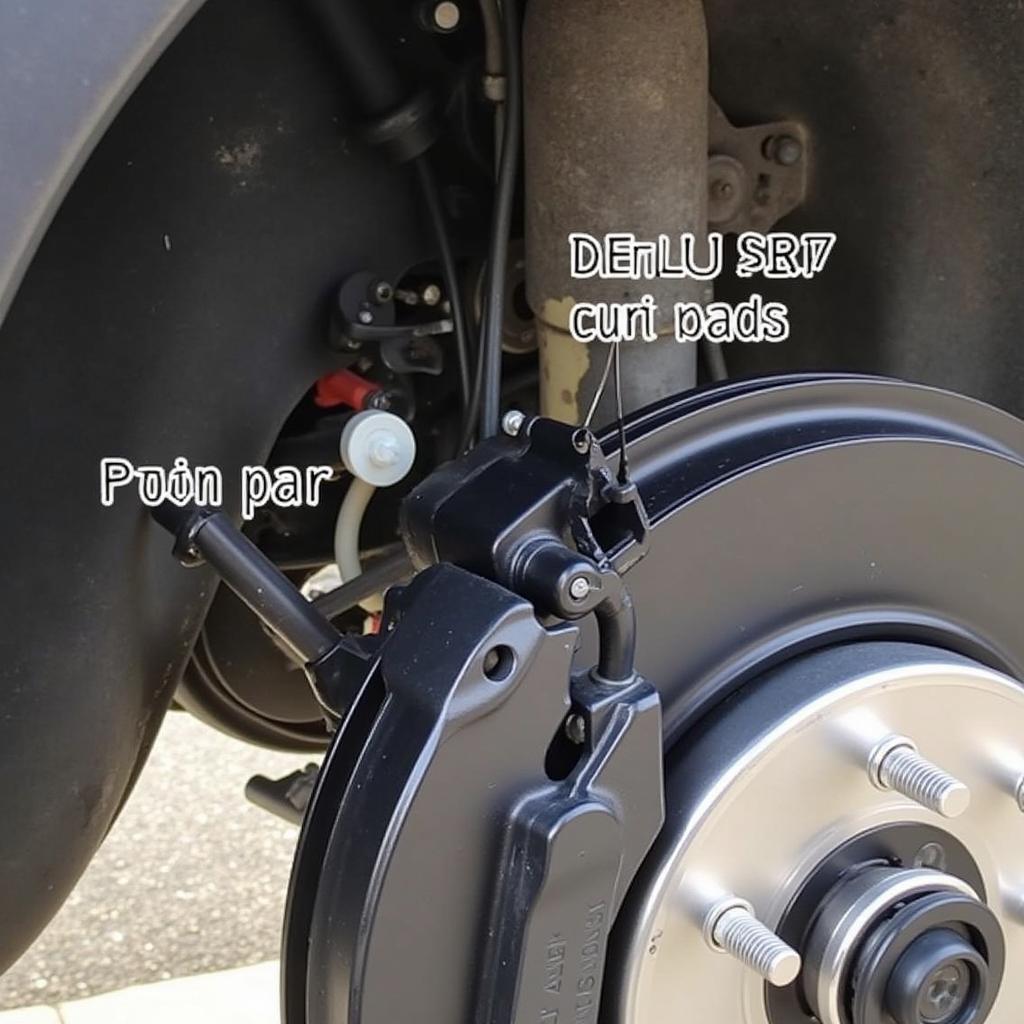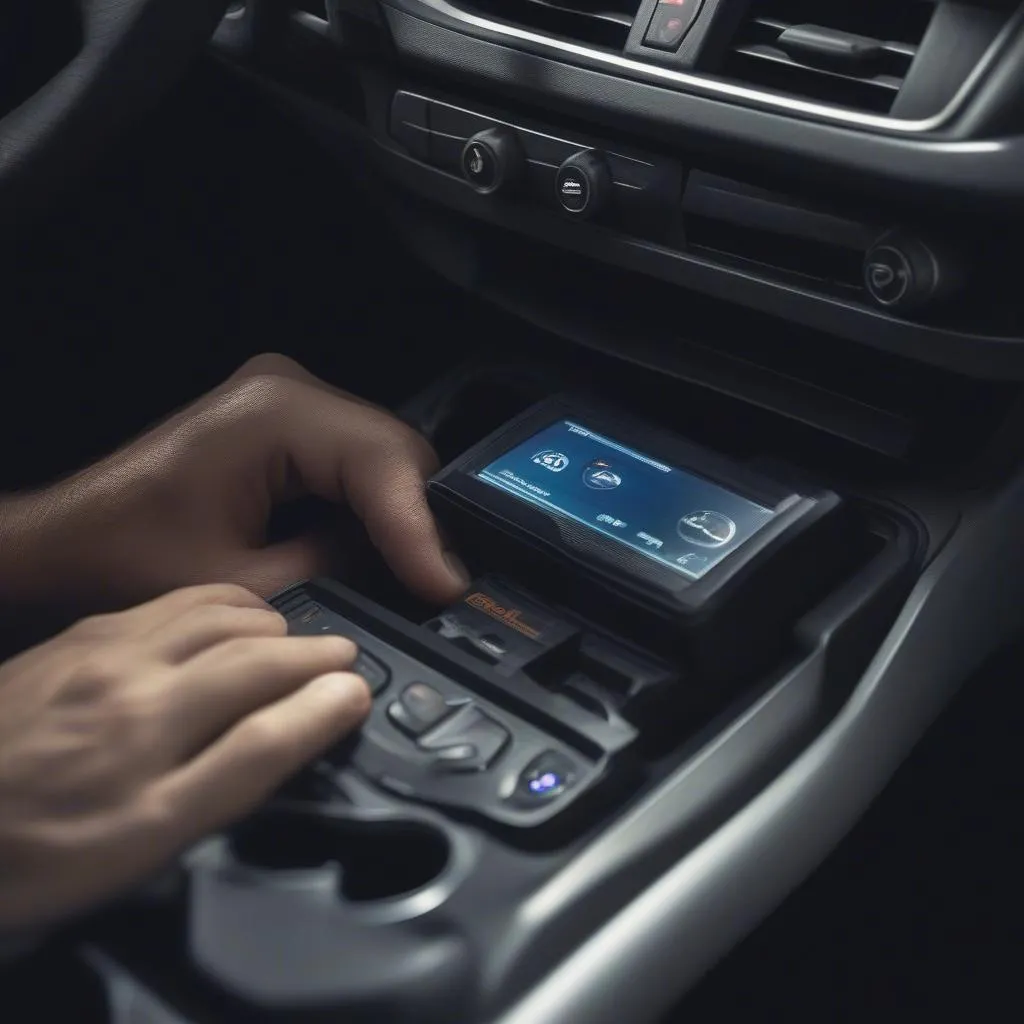If you’re experiencing car troubles, chances are you’ve heard the term “anti-theft scanner” thrown around. But what exactly are these devices, and how do they work their magic (or sometimes, frustration) on your vehicle?
Unraveling the Mystery: What Triggers Anti-Theft Systems?
At the heart of your car’s security lies the immobilizer system, a sophisticated electronic barrier designed to deter theft. This system relies on a tiny transponder chip embedded within your car key. Each chip has a unique code that the vehicle’s immobilizer must recognize before the engine can start. When you insert your key or press the start button, the transponder chip and the immobilizer engage in a rapid electronic handshake. If the codes match, you’re good to go. However, if the immobilizer doesn’t receive the correct signal from your key, it assumes a theft attempt is underway and leaps into action, effectively immobilizing the vehicle. This could mean preventing the engine from starting, disrupting the fuel supply, or engaging other security measures.
Spotting the Red Flags: Common Anti-Theft System Issues
Identifying a potential anti-theft system issue often starts with recognizing telltale signs. Keep an eye out for these common symptoms:
- Engine Cranks But Won’t Start: This is often a primary indicator of an immobilizer issue. If the engine cranks but refuses to fire up, your anti-theft system might be preventing ignition.
- Rapidly Flashing Security Light: A blinking or illuminated security light on your dashboard is a clear signal that the immobilizer system has detected a potential threat and is actively engaged.
- Key Fob Malfunctions: If your key fob is unresponsive or experiencing intermittent issues, it could point to a problem with the transponder chip inside, leading to communication failures with the immobilizer.
 Car dashboard with warning lights illuminated
Car dashboard with warning lights illuminated
Equipping Yourself: Tools for Diagnosing and Addressing the Issue
Don’t panic if you suspect an anti-theft system problem. Here’s what you might need to tackle the issue:
- Code Reader: A code reader or scanner specifically designed for automotive diagnostics can help you pinpoint the root of the problem by reading the error codes stored in your vehicle’s computer.
- Programming Device: In certain situations, reprogramming the immobilizer or key fob might be necessary. This usually involves a specialized programming device that communicates with your vehicle’s computer system.
- Replacement Key Fob: A malfunctioning key fob, particularly one with a damaged or faulty transponder chip, might necessitate replacement.
Taking Action: Steps to Resolve Anti-Theft System Problems
Addressing anti-theft system problems often requires a multi-step approach. Here’s a general guideline, but remember that specific procedures may vary depending on the make and model of your vehicle:
- Read the Codes: Begin by connecting your code reader to your vehicle’s diagnostic port (usually located under the dashboard). Retrieve any stored fault codes related to the immobilizer system. These codes provide valuable clues about the specific issue.
- Analyze the Codes: Once you have the codes, consult your vehicle’s repair manual or a reliable online database to decipher their meaning. This will give you a clearer understanding of the problem’s root cause.
- Reprogram or Replace: Depending on the diagnostic findings, you might need to reprogram the immobilizer, key fob, or both. This process usually involves specialized equipment and procedures outlined in your vehicle’s service information. If a component is damaged, replacement may be the only option.
 Mechanic using a diagnostic tool on a car
Mechanic using a diagnostic tool on a car
FAQs: Unlocking Answers to Common Anti-Theft System Questions
Q: Can I bypass my car’s anti-theft system?
A: While it’s technically possible, bypassing your anti-theft system is strongly discouraged. These systems are there to protect your vehicle from theft, and tampering with them could lead to unforeseen issues and even void your warranty.
Q: How much does it cost to fix an anti-theft system problem?
A: The cost can vary widely depending on the specific issue, vehicle make and model, and labor rates in your area. Simple fixes like reprogramming a key fob might be relatively inexpensive, while replacing a faulty immobilizer module can be significantly more costly.
Q: Can I prevent anti-theft system problems?
A: While not all issues are preventable, taking good care of your car keys and fobs can help. Avoid exposing them to extreme temperatures or moisture, and replace worn-out batteries promptly to ensure proper communication with the immobilizer system.
For expert assistance with your vehicle’s anti-theft system or any other automotive concerns, consider reaching out to the trusted professionals at Cardiagtech. We offer a wide range of services, including remote diagnostics, programming, and software installation. Contact us today for all your automotive needs.



